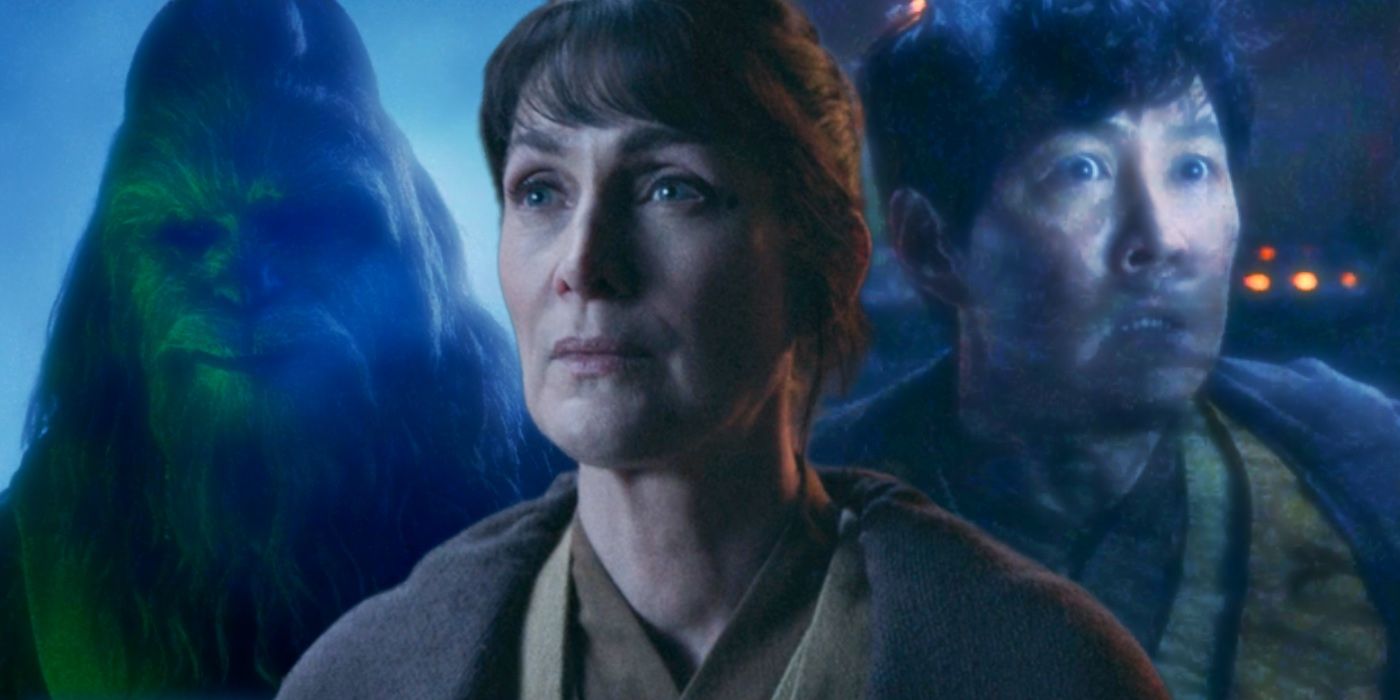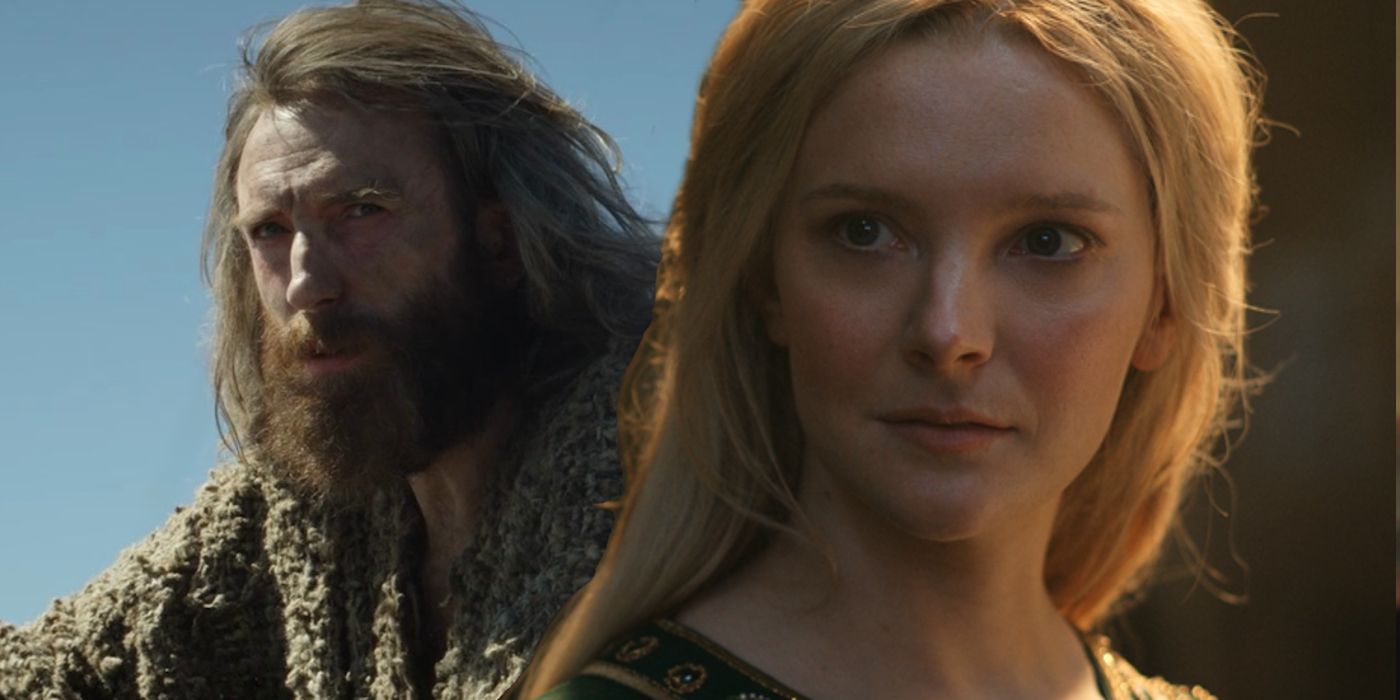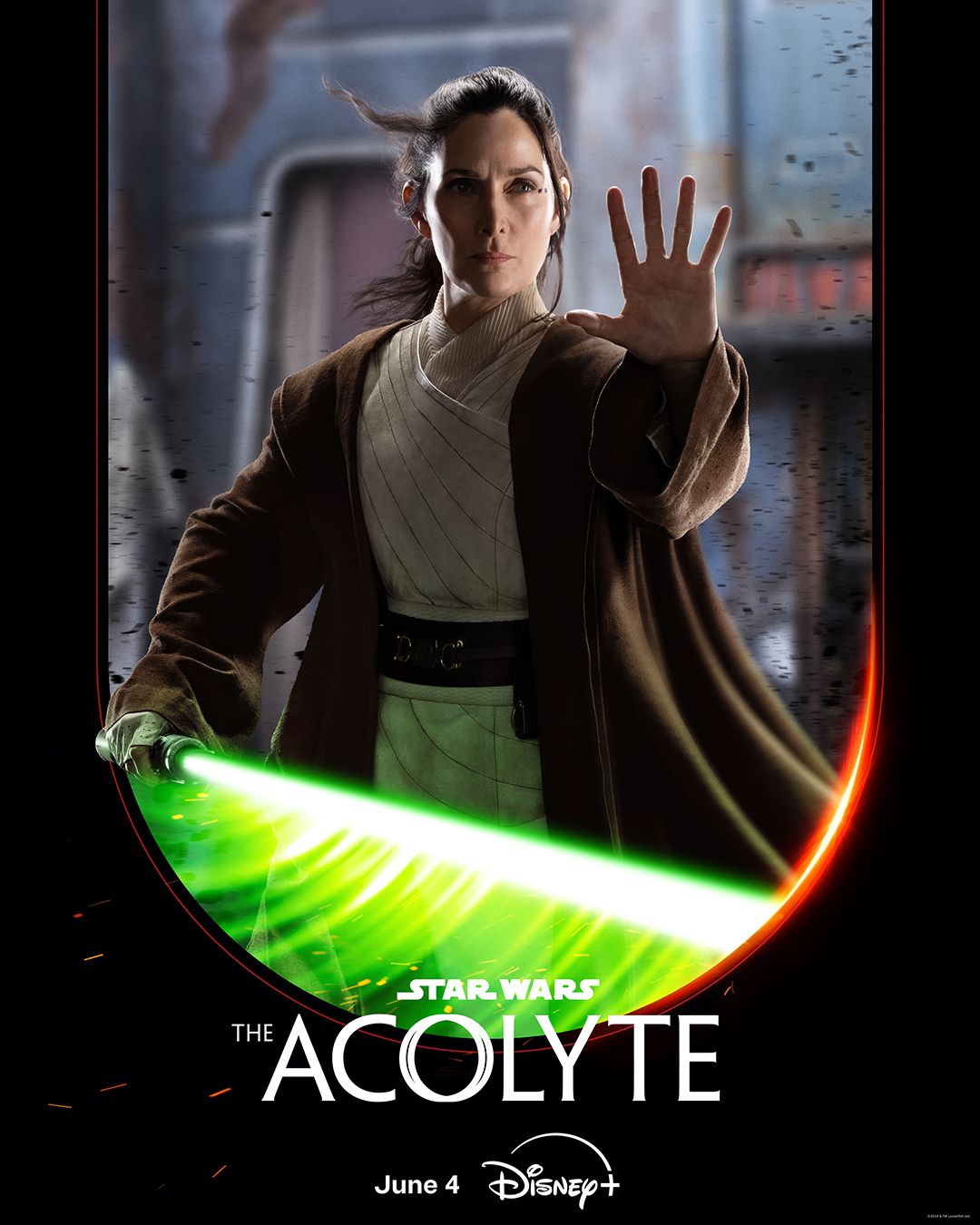To this day, new layers of the Blade Runner mythos are being pulled back to reveal even more hidden truths, and this latest one is perhaps the most shocking. Apparently, the Voight-Kampff test isn’t what it has appeared to be since the very beginning of the franchise, and the twist surrounding it actually changes the entirety of Blade Runner to its core.
The Voight-Kampff is officially used to tell who is a Replicant, and who isn’t. In the first film, 1982’s Blade Runner, the Voight-Kampff test is used on one of the rogue Replicants Deckard is later hired to ‘retire’, before Deckard himself uses one of Rachael in order to determine if she is also a Replicant. Fans are told that the machine is able to make this determination by studying a subject’s reactions to certain questions in order to assess their level of empathy on a nearly subconscious level, which translates to whether or not they’re a Replicant. However, in the early days of the Blade Runner Unit’s history, the founder of the unit, Cal Moreaux, made a special adjustment to the Voight-Kampff tests that were then issued to every corner of the LAPD–one that measured empathy in a completely different way.
The Voight-Kampff Test Is Secretly Used to Choose Rebel Blade Runners
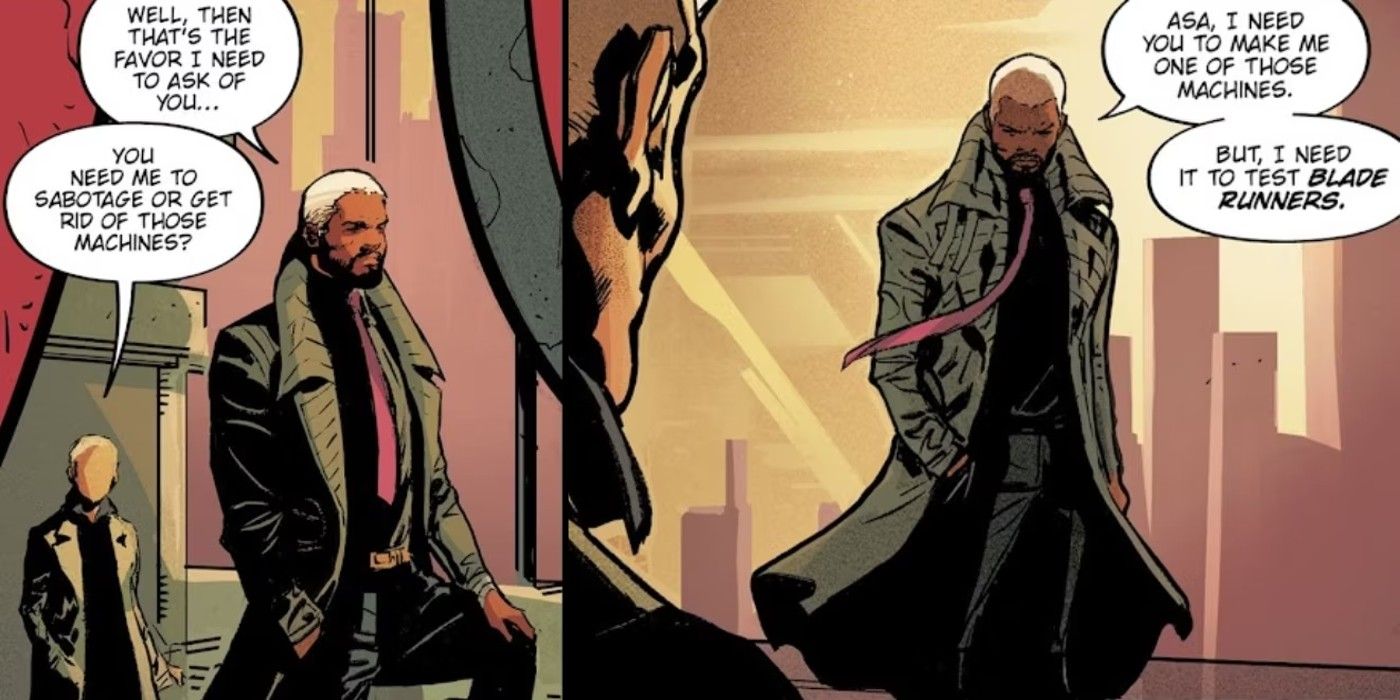
In Blade Runner: Origins by K. Perkins, Mellow Brown, and Fernando Dagnino, fans are given the origin story for the Blade Runner Unit, and it is not what many would expect. The unit was founded by Detective Cal Moreaux of the LAPD, however he’s no replicant-hater. After Cal is tasked to hunt a gang of rebel Replicants, he flips sides, manipulating events to paint himself as the ultimate anti-Replicant law enforcement agent. As a result, he is made the very first Blade Runner, and entrusted to fill the newly established unit with other Blade Runners just like him. No one could know that Cal was secretly on the Replicants’ side, and that he only became a Blade Runner to usher as many as possible to safety. Cal knew he had to fill his department with people who were empathetic towards the Replicants’ cause, but not in any way that would give away his hidden agenda. So, Cal had an update added to the Voight-Kampff that looked for empathy within the people being hired as Blade Runners. By hijacking the test for his own needs, Cal ensured that anyone who took the position would likely feel empathy towards Replicants at some point in their careers, flipping sides without giving away his own agenda.
Blade Runners Are MEANT to Switch Sides
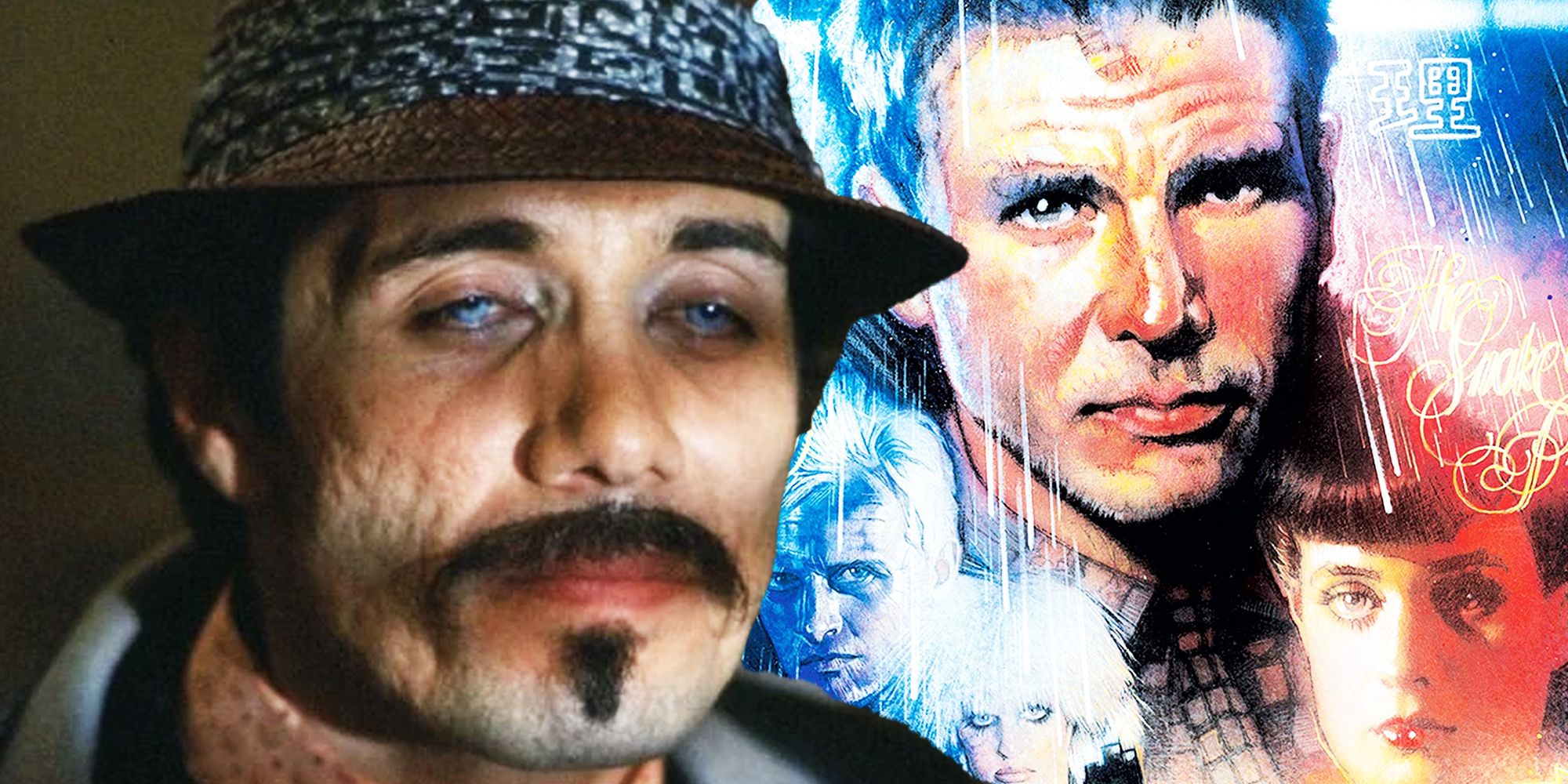
This revelation is absolutely mind-blowing given everything fans thought they knew about Blade Runners. Not only that, but it adds new meaning to the age-old debate about Rick Deckard himself: is he or isn’t he a Replicant? While many fans maintain that he is one, this additional information about the Voight-Kampff proves that it actually doesn’t matter either way. Deckard, whether human or Replicant, was chosen for specific traits in order to serve a very explicit purpose. Likewise, other Blade Runners – like Gaff, who ultimately helps Deckard and Rachael – were chosen because in such situations, they would be likely to side with those in need. This means that while the outcome wasn’t certain, most of Blade Runner‘s plot plays out to Cal’s design of staffing his unit with those likely to side with Replicants when the chips are down.
Cal built the Blade Runner Unit as a way to protect Replicants in the long run, knowing that the unit would eventually become the opposite of what it was intended to be. In doing so, the series’ first Blade Runner completely flipped the entire franchise on its head by updating the Voight-Kampff to not just test Replicants, but also the men hired to hunt them.
